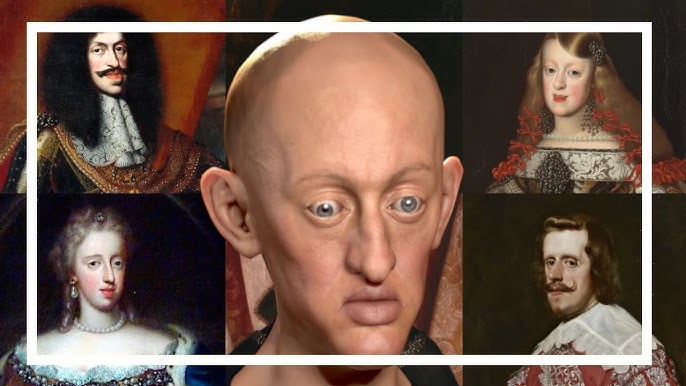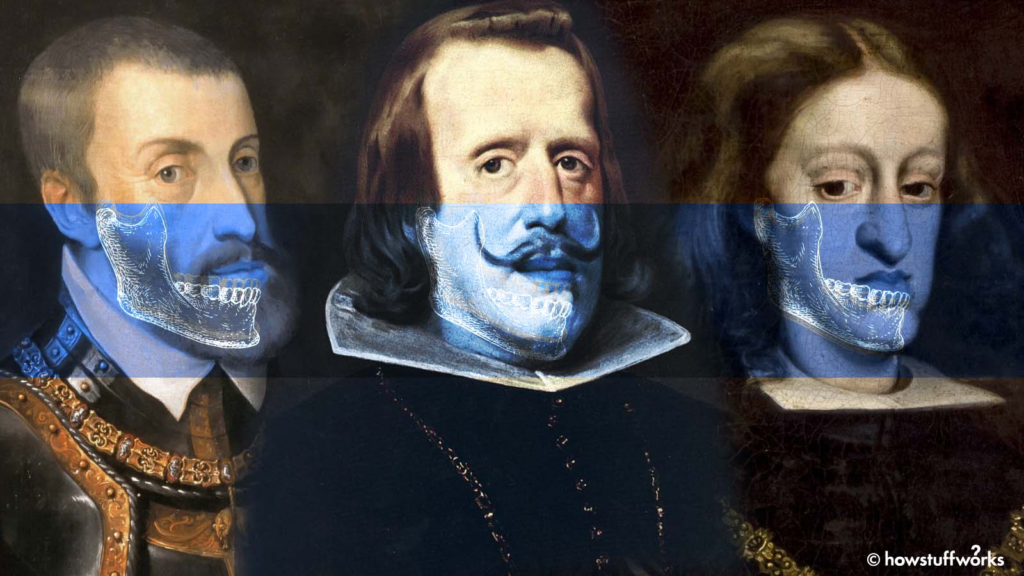Understanding the Habsburg Jaw Today: An In-Depth Exploration

The Historical Context of the Habsburg Jaw
The Habsburg jaw, a prominent genetic trait associated with the Habsburg dynasty, has a rich historical context that traces back several generations within habsburg jaw today this powerful royal family. The most notable feature of this jaw is its distinctive protrusion, which has been linked to the marriage practices of the Habsburgs throughout their reign in Europe. This dynasty, known for its strategic alliances, often resorted to inbreeding to maintain and consolidate power, inadvertently leading to the manifestation of certain hereditary traits, including the Habsburg jaw.
The origin of the Habsburg jaw can be traced to a royal lineage that began with the strategic intra-familial marriages. Such unions allowed the Habsburgs to secure claims to thrones across Europe, but they also increased the chances of passing on genetic variations. Renowned figures, such as Charles II of Spain, famously personified the extremes of these traits, having habsburg jaw today suffered from various health issues attributed to the congenital deformities linked to the Habsburg jaw. His reign marked a significant decline for Spain and the Habsburg influence in Europe, as his physical attributes were often viewed as a manifestation of the dangers inherent in the dynasty’s rigid adherence to preserving lineage purity.
Notable members of the Habsburg family, including Holy Roman Emperors, were integral in shaping Europe’s political landscape, and the Habsburg jaw has since become a symbol of both the family’s legacy and the pitfalls of inbreeding among royalty. As such, this jaw serves not only as a historical marker of genetic inheritance but also as a cautionary tale habsburg jaw today regarding the potential consequences of prioritizing genealogy over genetic health. Today, the Habsburg jaw remains an intriguing subject of study, reflecting the impacts of ancestry, genetics, and royal ambition on a lineage that once ruled vast territories across Europe.
Identifying Habsburg Jaw in Contemporary Society
The Habsburg jaw, medically recognized as prognathism, is a prominent jawline associated with the historical Habsburg dynasty. In contemporary society, this hereditary trait is still identifiable in certain individuals through physical examination and has garnered interest within both cultural and medical contexts. This condition can manifest as an extended mandible or an overbite, which may contribute to distinct facial features that are noticeable, particularly in profiles. These characteristics can also incite curiosity regarding genetic inheritance and ancestral lineage.
Societal perceptions of the Habsburg jaw today vary widely. While some view it as an intriguing artifact of historical genetics, others may regard it with concern due to potential implications for dental health. Experts in dental and genetic fields emphasize habsburg jaw today that such traits should not be superficially stigmatized; rather, they merit a balanced understanding of their historical and biological significance. Individuals demonstrating this trait may encounter dental complications, necessitating interdisciplinary approaches for management. For example, orthodontic interventions can alleviate related concerns, including misalignment or bite issues that arise from an overdeveloped jaw.

The discussion around the Habsburg jaw extends into broader conversations about hereditary traits and genetic disorders. Current research delves into the complexities surrounding predictive genetics, revealing the interplay of environmental factors and familial lineage in the expression of such features. Furthermore, studies have developed that aim to elucidate the habsburg jaw today genetic markers associated with prognathism, linking historical instances of the Habsburg jaw to contemporary understanding of genetics. This exploration not only highlights the significance of this characteristic in historical context but also paves the way for future inquiries into similar hereditary patterns within populations today. In conclusion, recognizing the Habsburg jaw in modern individuals enriches our comprehension of genetic diversity and reinforces the importance of continued research in this domain.
Cultural Impact of the Habsburg Jaw
The Habsburg jaw, characterized by its pronounced mandible and inherited through generations of the Habsburg dynasty, has made significant impressions in art, literature, and popular culture. This prominent facial feature has often been a symbol of royal lineage and is imbued with both fascination and critique. Artists and writers throughout history have utilized the Habsburg jaw to convey various narratives about power, beauty, and deformity. Notably, portraits of habsburg jaw today Habsburg monarchs frequently accentuated their distinctive jawlines, underscoring the dynasty’s connection to notions of nobility and superiority.
In literature, the Habsburg jaw serves as a metaphor for the complexities of lineage and the burdens of hereditary conditions. The portrayal of characters bearing this trait often encapsulates themes of physical vs. moral beauty and societal acceptance. Through these narratives, the Habsburg jaw has transcended its biological origins to become a cultural symbol laden with meaning. Furthermore, in contemporary pop culture, references to the Habsburg jaw appear in various media forms, ranging from comedic representations in cartoons to serious discussions in documentaries examining the legacy of the Habsburgs. Such portrayals contribute to the stereotype surrounding the Habsburg jaw, suggesting that it is emblematic not merely of genetic inheritance but also of historical consequence.
The influence of the Habsburg jaw is not just limited to visual and literary media; it also reflects broader societal attitudes toward difference and disability. Discussions in public discourse often highlight how this physical trait has shaped perceptions of royalty and habsburg jaw today power dynamics. The Habsburg jaw encapsulates the duality of fascination and repulsion, complicating our understanding of lineage and identity. As such, it continues to invoke interest and debate among historians and the general public alike, reinforcing the mythos surrounding the Habsburg legacy in contemporary society.
Modern Perspectives and Medical Insights
The Habsburg jaw, scientifically referred to as mandibular prognathism, is a hereditary trait that has implications for dental health and orthodontics today. Individuals with this condition exhibit an overgrowth of the lower jaw, which can lead to habsburg jaw today both aesthetic concerns and functional challenges, such as difficulties in biting and chewing. Modern dentistry has developed various treatment options to address these issues, ranging from orthodontic appliances to surgical interventions. Orthodontists often employ braces or clear aligners to reposition misaligned teeth, thereby aiming to improve bite functionality and overall facial aesthetics.

In cases where the jaw size discrepancy is significant, surgical options such as orthognathic surgery may be considered. This surgical alternative allows for the repositioning of the jaw, aligning it more harmoniously with the upper jaw. Additionally, consultation habsburg jaw today with dental specialists can help individuals understand the potential complications associated with untreated Habsburg jaw conditions, such as increased wear on teeth and temporomandibular joint disorders.
Furthermore, genetic counseling plays a crucial role for families who may carry this trait, shedding light on the inheritance patterns of the Habsburg jaw. habsburg jaw today Counselors are equipped to guide families in understanding their genetic predispositions, especially regarding how this jaw structure might manifest through generations. This counseling not only informs individuals about their own health risks but also fosters awareness of prevention strategies and treatment pathways.
Research into the genetics of the Habsburg jaw is ongoing, with advancements in technologies such as genome sequencing and CRISPR providing new insights habsburg jaw today into the inheritance of this characteristic. These technologies have the potential to reshape our understanding of genetic conditions associated with jaw abnormalities. By continuing to analyze familial lineage and correlate it with current medical data, researchers aim to clarify how hereditary traits influence dental health in today’s society. This evolving field underscores the importance of both genetics and modern medical interventions in managing conditions related to the Habsburg jaw today.




